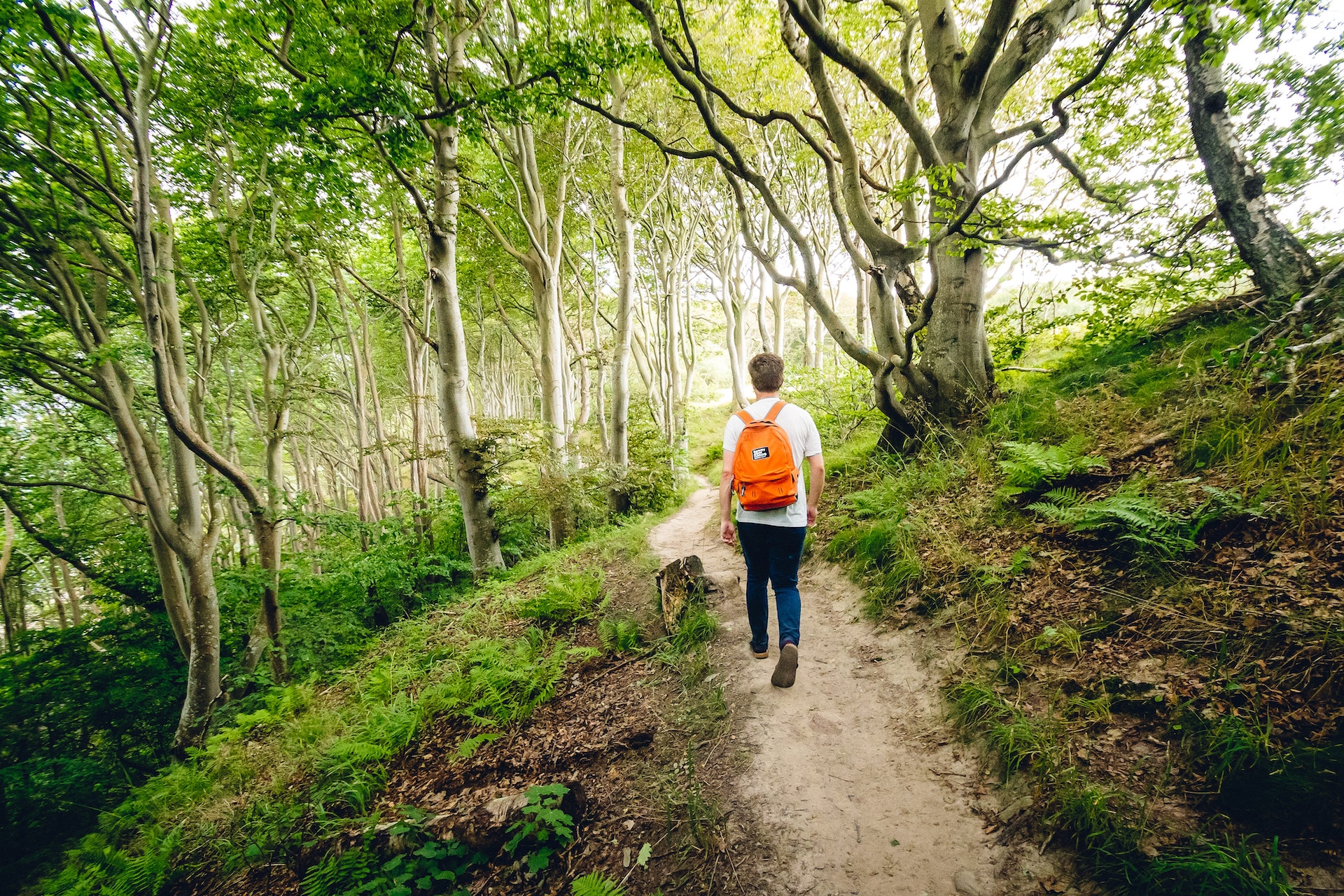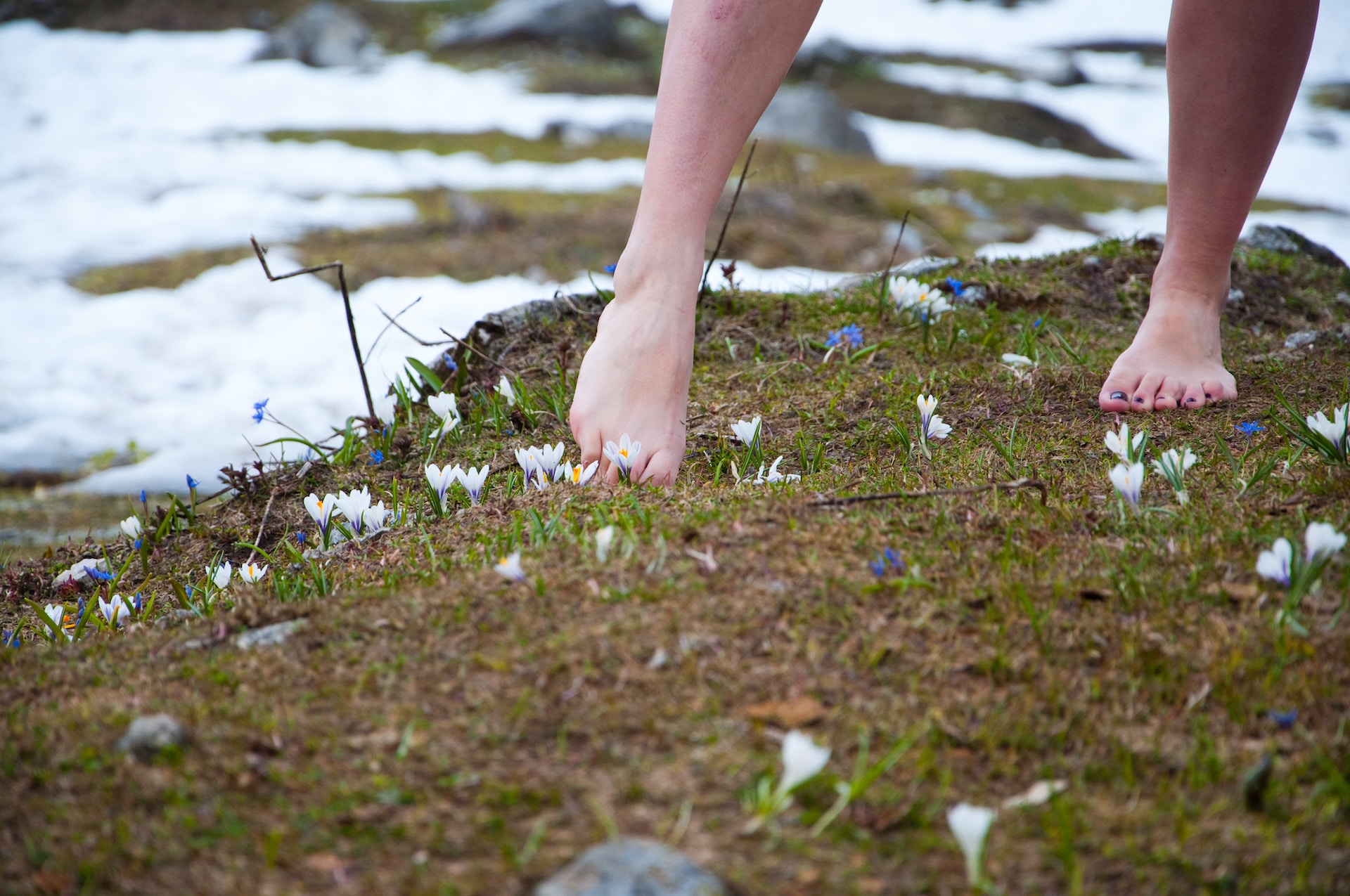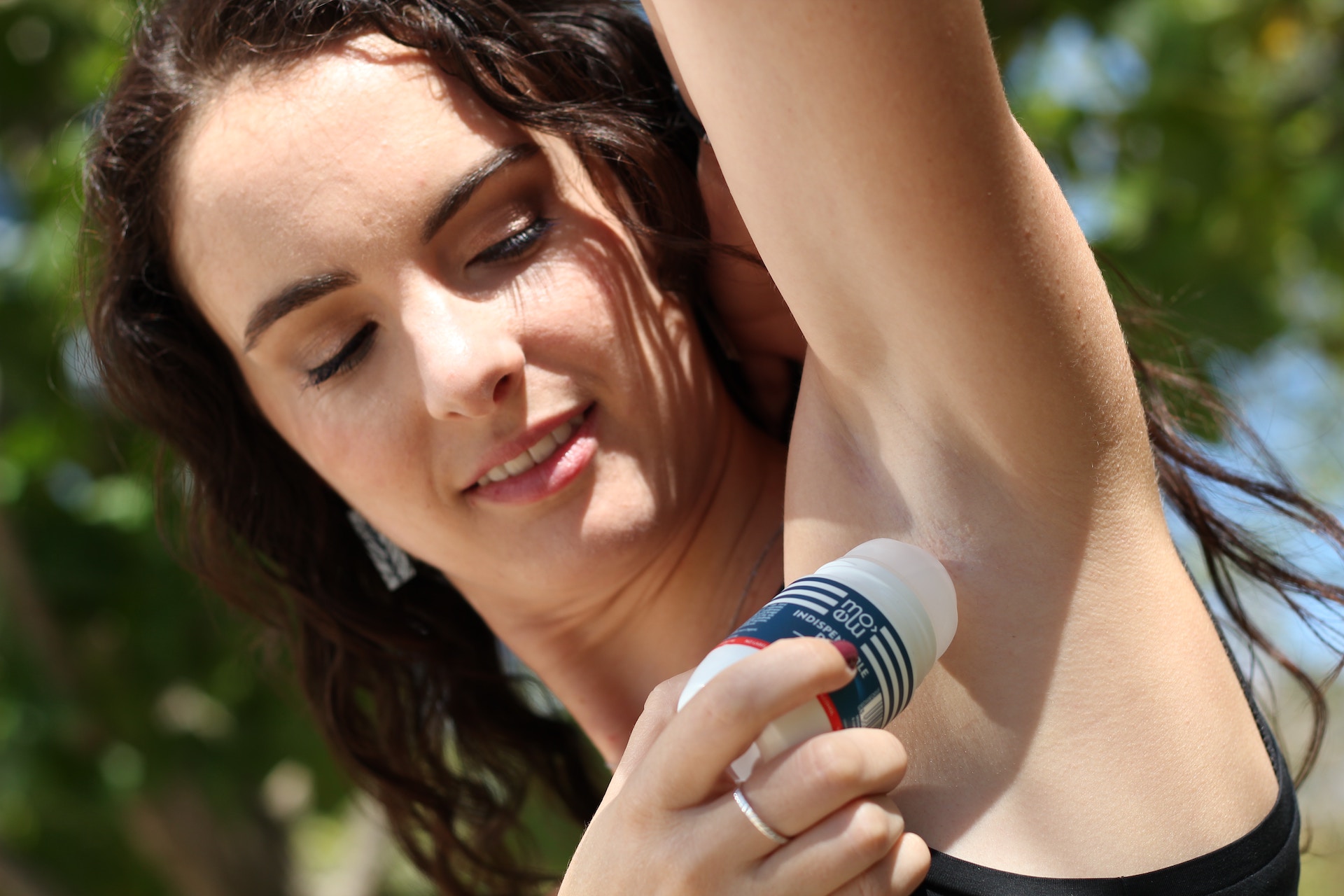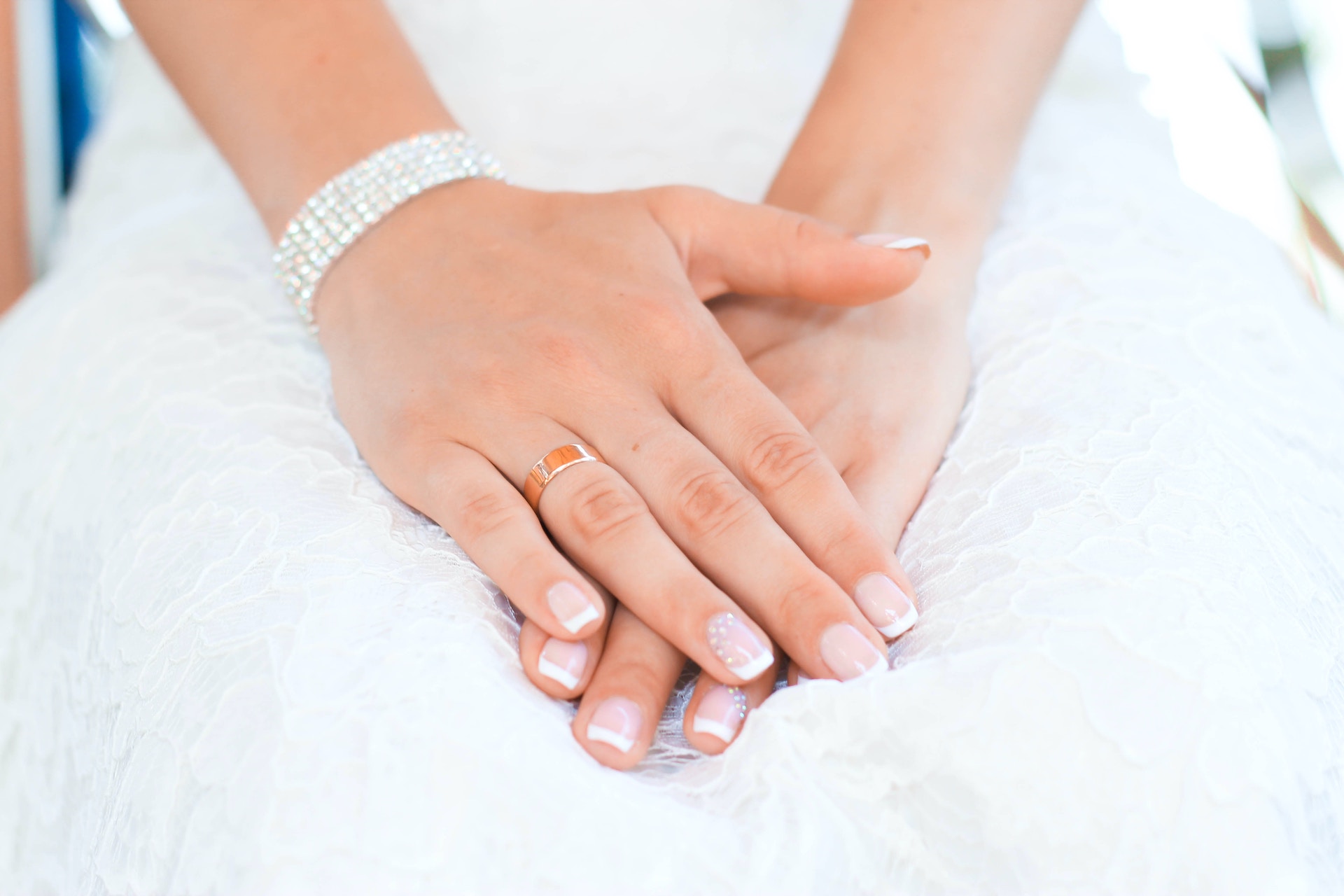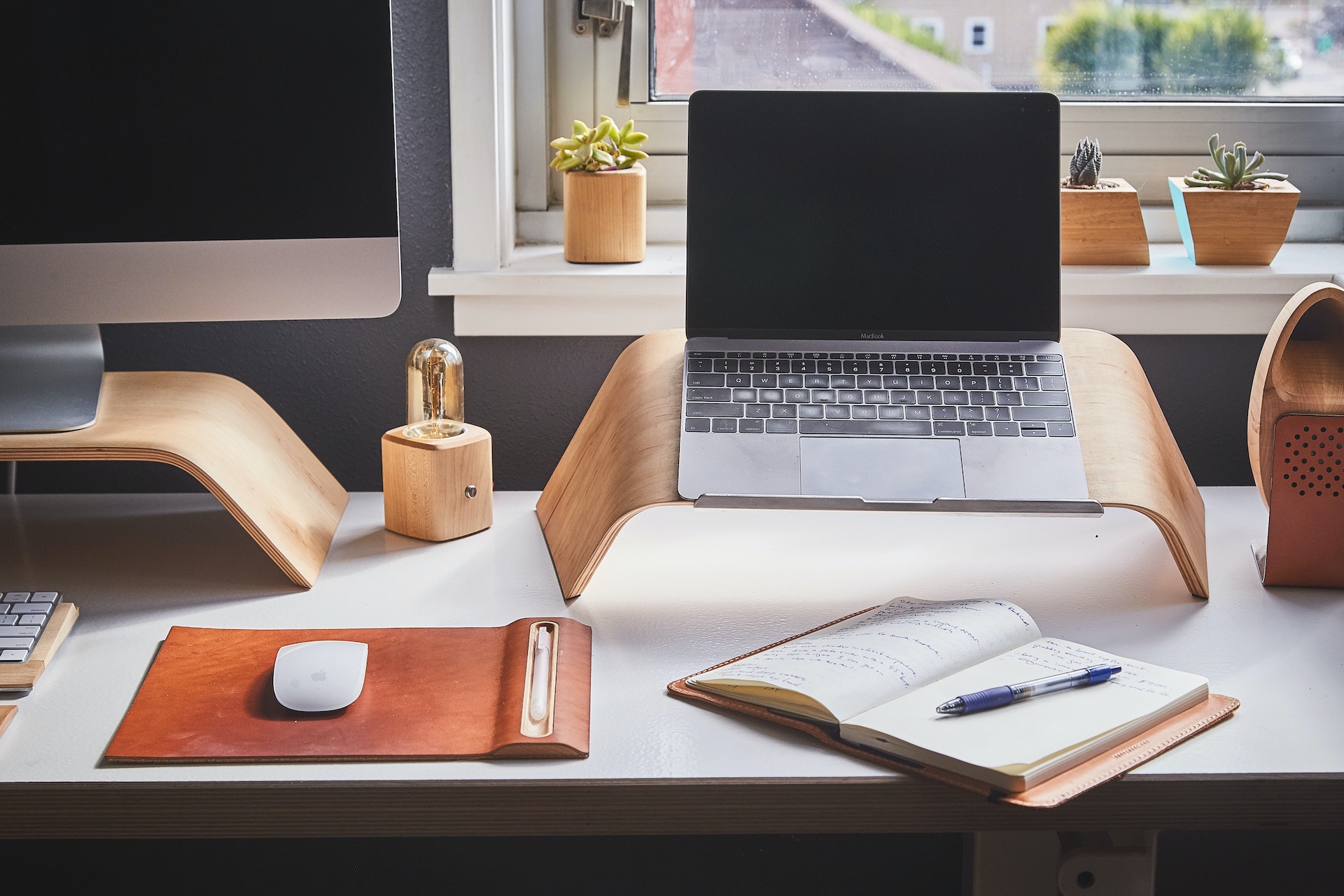There’s something freeing about feeling the grass underneath your toes, the sun warming your skin, and the wind blowing through your hair. It’s no wonder that the barefoot trend has gained popularity, with many people eagerly shedding their shoes and letting their feet breathe. But before you ditch those sandals, you might want to think twice.
Podiatrists have expressed concern over the trend, citing various risks such as cuts, infections, and tetanus. While it might seem liberating to go barefoot in public, the potential consequences are not worth it. So instead of embracing a “barefoot boy summer,” why not invest in comfortable and supportive footwear that will keep your feet healthy and stylish?
Risks Of Going Barefoot
The history of footwear is rich and fascinating, with evidence indicating that humans recognized the importance of wearing shoes over 40,000 years ago. Amazingly, our ancestors understood footwear’s vital role in providing structural support, comfort, and protection against various hazards, from sharp objects on the ground to pesky pests and invisible germs.
In today’s world, it’s easy to take our shoes for granted, but we owe a debt of gratitude to those early humans who recognized the value of keeping their feet safe and supported. Whether you prefer sandals, sneakers, or something more unique, it’s worth reflecting on footwear’s long history and enduring impact on human health and well-being.
Cuts On Your Feet Can Allow Bacteria To Enter
Moisture can be a breeding ground for all kinds of health risks, and nowhere is this truer than in places like showers, locker rooms, and swimming pools. A veritable army of bacteria, fungi, and viruses lurk there, waiting to take advantage of any opportunity to invade your system.
One of the most effective ways to safeguard against these microscopic invaders is to keep your feet shod. Small breaks or cuts can provide the perfect opening for disease to take hold, and walking around in public spaces only increases the chances of infection.
A host of foot-related problems can result from hanging out in moist environments such as these. From athlete’s foot to nail fungus and plantar warts, these issues can be challenging to treat and cause no small amount of discomfort. So next time you shower or swim, keep your shoes on and protect your feet from the unseen dangers lurking in those wet places.
Unprotected Feet: The Risks Of Going Shoeless
Going barefoot may seem liberating and natural, but it can increase the risk of injury. Lawnmower accidents and falls are just some of the risks of going barefoot. Shoes provide essential traction and protection, especially during activities like hiking. Extended barefoot walking can negatively affect foot biomechanics, leading to conditions like bunions, hammertoes, plantar fasciitis, shin splints, and Achilles tendonitis.
It’s important to remember that sunburn is another concern when feet are exposed without sunscreen, particularly for individuals with diabetes and neuropathy. And if you’re walking on hot concrete, you could suffer from hard-to-heal burns, with slower recovery if you have diabetes. Protecting your feet with shoes and sunscreen is best to stay safe and healthy.


